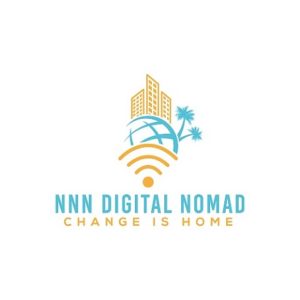
The Ultimate Guide to Performing a 1031 Exchange on a Primary Residence
So, you want to perform the 1031 exchange on your primary residence but aren’t sure how to go about it?
Well, look no further! In this guide we’ll be covering everything you need to know about the 1031 exchange and how to get around it.
What is a 1031 Exchange?
Before we jump into the ins and outs of executing a 1031 exchange on private property, let’s be clear on what a 1031 exchange is.
The 1031 exchange is based on Section 1031 of the U.S. Internal Revenue Code (IRC). This section of the code allows you to forgo paying capital tax gains when selling property that you’ve invested in, while allowing you to reinvest the profit you’ve made on a property of equal or greater value within a certain amount of time.
How Does It Work?
The basics of the 1031 Exchange in real estate can often sound complex and confusing—especially if you aren’t familiar with the IRC.
Think of it as a reinvestment.
Here are a few basic rules for a traditional tax-deferred exchange:
- The property sold and the property bought should be of equal or similar value.
- The property should be used for commercial or investment purposes.
- The investor cannot receive boot (cash or cash-like benefit).
- The name of the new, replacement property needs to be the same as the old property.
- The new property should be identified within 45 days of the sale of the old property and needs to be purchased within 180 days.
Now, the issue most homeowners, property investors, and real estate moguls are facing is because of rule No. 2: The property in question is required to be used for business or investment purposes.
That excludes properties used as primary residences right? Well, yes and no. While the 1031 exchange does exclude primary residences, there is a workaround!
Section 121
Section 121 of the IRC is an exception to rule No. 2 and allows real estate owners to exclude a certain portion of their capital gains when selling their home or primary residence.
The point here is to use section 121 in conjunction with the 1031 exchange so that you’re able to use the 1031 exchange on your primary property.
By using section 121, you’re able to convert your primary residence into a rental property. This lets you execute the 1031 exchange on your primary residence because it’ll now be considered a rental property and thus, used for commercial use.
How to Convert Your Primary Residence into a Rental Property
Here’s a simple breakdown of how to convert your primary residence into a rental property. In this section we’ll be using two examples: a small three-unit apartment (triplex), and a single family home.
For a multi-family property you could use the split treatment. When using the split treatment method, you could use section 121 to convert the unit you’re using as your primary residence into a rental unit. Then, you’ll want to execute section 1031 for the two rental units.
If you own a single-family property, you’ll need to use section 121 to convert the property into a rental property. Then, you’ll want to execute the 1031 exchange and sell the property in exchange for a similar property that will be used for investment purposes. Now you can get into other commercial real estate investments such as 5+ unit apartments, triple net (NNN) properties, retail strip centers, etc.
Before embarking on this process it is important to do thorough research and be aware of the rules.
Firstly, you’ll have to have lived in your primary residence for at least two years before you’re able to convert it.
Secondly, section 121 can only be enacted once every two years.
Lastly, capital gains of up to $250,000 can be excluded for single properties, and up to $500,000 for multiple units (when using Section 121 rule for primary residence).
Our advice is to do your research and hire a professional to aid you with this venture. Be sure that you know all the facts, rules, and laws involved before jumping in!
Conclusion
Executing the 1031 exchange on a property is a fantastic way to enjoy some tax-benefits and increase the profits you’ll get from selling a property; however, at first glance it could seem like the 1031 exchange option is out of reach of investors looking to cash in.
As this guide shows, this is not the case. Using section 121 in conjunction with the 1031 exchange can open you up to the tax-benefits section 1031 offers! Here is a book that I highly recommend all investors and brokers to read in regards to properly performing a 1031 Exchange.

Before you go, check out my list sharing the 7 Essential Books for Real Estate Investors
